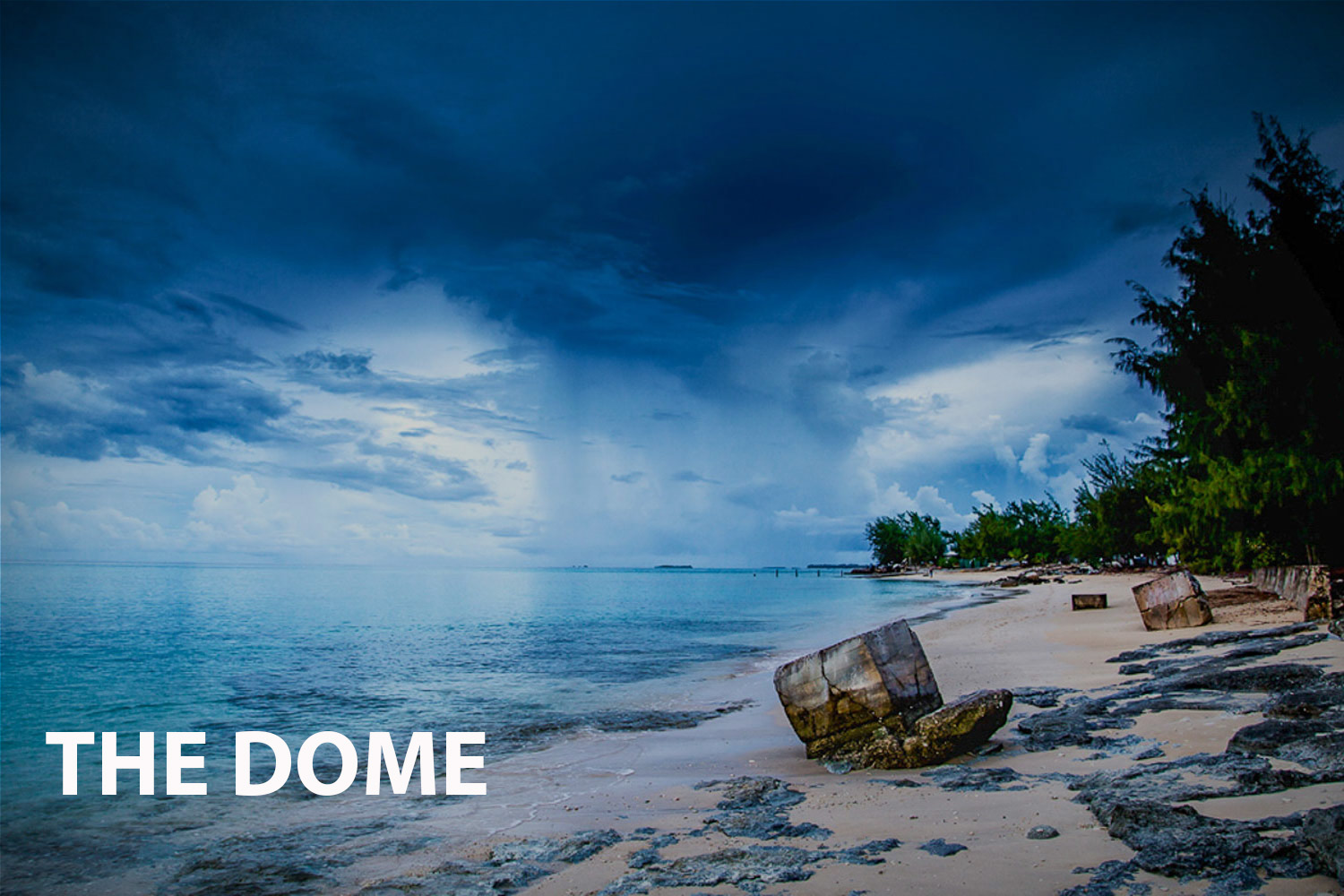Keywords: The Dome, nuclear waste, Runit Island, Marshall Islands, plutonium, environmental hazard, South Pacific, American military history, nuclear tests, contamination.
Three words: Startling, Thought-provoking, Informative.
Introduction
"The Dome" is a striking and stark documentary directed by Adam May and released in 2017. The film revolves around Runit Island, a small speck in the vast blue of the South Pacific and part of the Marshall Islands. The island is dominated by a sprawling concrete structure known as the Dome, a chilling reminder of the nuclear waste including plutonium, one of the deadliest substances known to science.
Synopsis
Runit Island is a remote outpost, often referred to as Ground Zero of the South Pacific. It's home to the Dome, a giant concrete structure that encapsulates tonnes of nuclear waste, a product of the American military's past nuclear testing activities. This documentary takes the viewers on a journey to explore the history, the impact, and the ongoing controversies surrounding the Dome.
More Film Analysis
Analysis
"The Dome" is a deeply unsettling documentary that seamlessly blends historical footage, expert interviews and local narratives. The film is comprehensive in its research, thoroughly examining the history and the science behind the Dome, presenting the chilling reality of nuclear waste in a captivating manner.
Historical and Factual Context
The Dome's existence traces back to the Cold War era when the United States conducted numerous nuclear tests in the Marshall Islands. The documentary delves into this historical context, providing critical insights into the events that led to the creation of the Dome and its subsequent neglect.
Key themes in the film
- Environmental consequences of nuclear activities
- Historical military actions and their impacts
- Living with the legacy of nuclear waste
Film Comparisons
"The Dome" shares thematic similarities with films like "Into Eternity" and "Chernobyl: The Invisible Enemy". However, its unique geographical focus on the South Pacific and the chilling reality of the Dome sets it apart.
Noteworthy Moments
The film's exploration of the Dome's interior and the revelation of the extent of nuclear waste it houses are particularly striking moments in the documentary.
Reviews
This documentary has been widely acclaimed for its in-depth exploration of a lesser-known environmental catastrophe. Critics lauded its effective storytelling, with one reviewer saying, "The Dome is a chilling journey into the heart of nuclear aftermath that is both illuminating and heartbreaking."
Conclusion
"The Dome" is an important documentary that highlights the long-term consequences of nuclear activities. It is a must-watch for those interested in environmental issues, history, and the intersection of the two.
More film information:
FILM SUMMARY
- IMDB score: 7.8/10
- Rotten Tomatoes score: 85%
- Metacritic score: 78
- Film festival awards: Nominated for Best Documentary at the Environmental Film Festival
PERSONALITIES
- Adam May: Director and producer
- Marshall Islands residents: Featured in the film, providing first-hand accounts of the impacts of nuclear waste
LOCATIONS
- Runit Island, Marshall Islands: The primary location of the documentary.
Key Questions Raised by the Film:
- What are the long-term consequences of nuclear activities?
- How have the lives of Marshall Islands residents been affected?
- What measures can be taken to address the issues surrounding the Dome?
Links for Further Exploration:
I wonder what the film would be in another art form



- If this film was a famous book, which one would it be? "Silent Spring" by Rachel Carson - both are powerful warnings about human-made environmental catastrophes.
- If this film was a famous song, which one would it be? "Radioactive" by Imagine Dragons - both convey the haunting aftermath of nuclear activities.
- If this film was a famous piece of art, which one would it be? "The Scream" by Edvard Munch - both depict a silent scream against the horrors of nuclear fallout.
- If this film was a famous celebrity, who would it be? Leonardo DiCaprio - passionate advocate for environmental issues, much like the film.
- If this film was a color, which one would it be? Grey - for the concrete dome and the bleakness of the situation it represents.
- If this film was a music style, which one would it be? Classical symphony - complex, layered, and evocative of powerful emotions.








